Choosing and caring for natural stones used in buildings is crucial to any construction project. When selecting natural rocks, it’s essential to consider factors such as durability, aesthetic appeal, maintenance requirements, and budget constraints. Assessing the hardness and resistance of the stone helps determine its suitability for the intended application while considering color, pattern, and texture ensures it complements the overall design aesthetic. Additionally, evaluating maintenance needs, including cleaning, sealing, and repairing, ensures proper care and longevity of the stone. Once a suitable stone is chosen, proper care and maintenance are essential to preserve its beauty and integrity. Regular cleaning, sealing, and repair work are necessary to protect natural stones from stains, moisture, and damage, ensuring they remain pristine for years. So with us for continue article.
Types of Natural Stones
Several types of natural stones are commonly used in buildings, each with distinct characteristics and aesthetic appeal. The most popular types include marble, granite, limestone, travertine, and onyx.
1-Marble:
Marble is a metamorphic rock characterized by its veined appearance and wide range of colors, including white, beige, gray, and black. It is prized for its elegance and sophistication, making it a popular choice for countertops, flooring, and decorative accents. Iranian marbles like Pietra grey marble, Persian white marble, Persian silk marble, golden black marble, black rose marble, harsin marble, Nero Marquina Marble, Golden Galaxy Marble, Crema Marfil Marble, Persian Arabescato Marble, and…
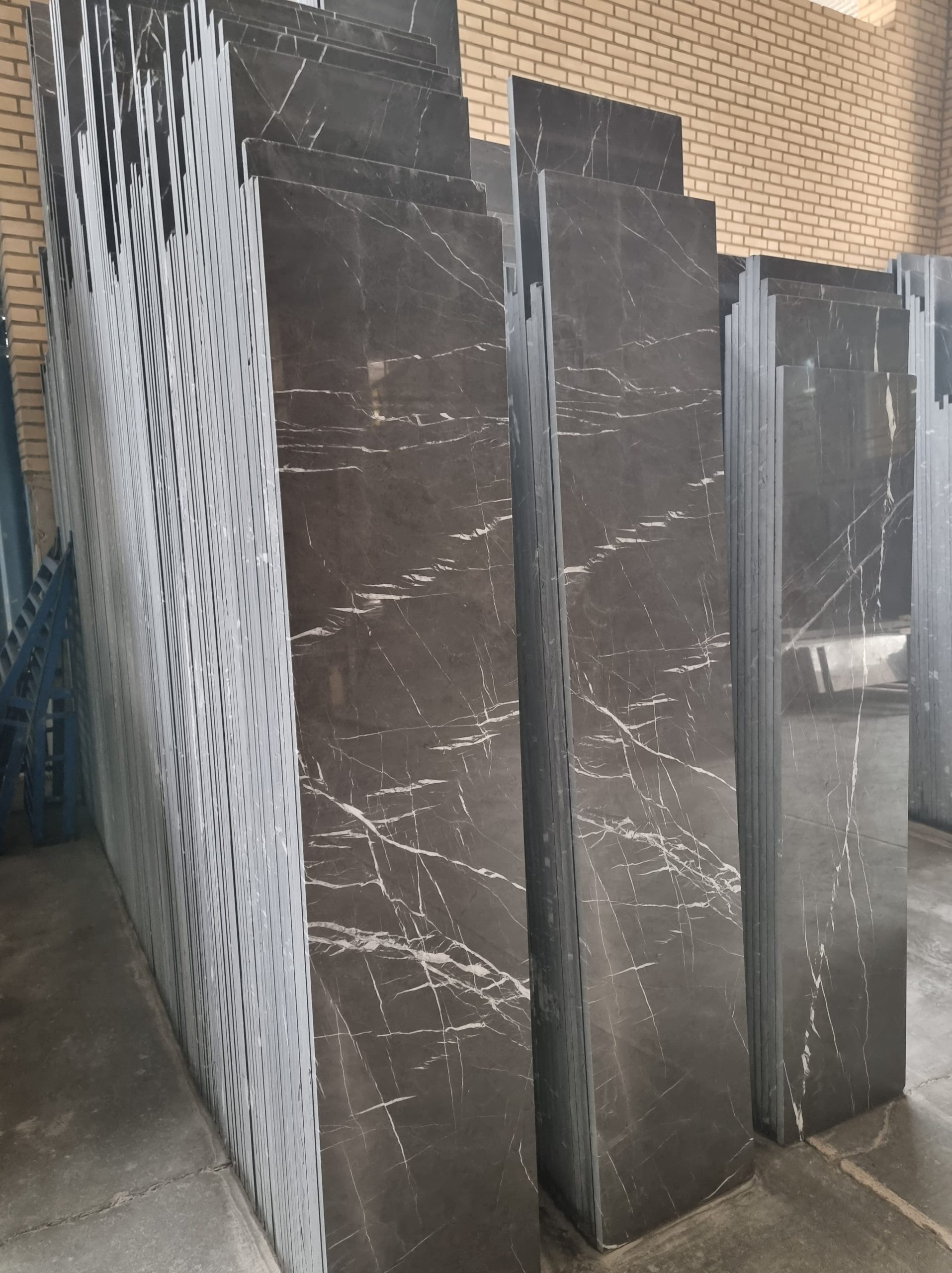
2-Granite:
Granite is an igneous rock known for its durability and natural beauty. It is available in various colors and patterns, ranging from earthy tones to vibrant hues. Granite is commonly used for countertops, vanities, and outdoor paving due to its resistance to heat, scratches, and stains. Iranian granite like Forest Green Granite, Turquoise, white, black, and…
3-Limestone:
Limestone is a sedimentary rock mainly comprised of calcium carbonate. Its soft, earthy colors and natural texture make it a sought-after material for flooring, wall cladding, and exterior facades. Limestone enhances both interior and exterior spaces with its rustic charm.
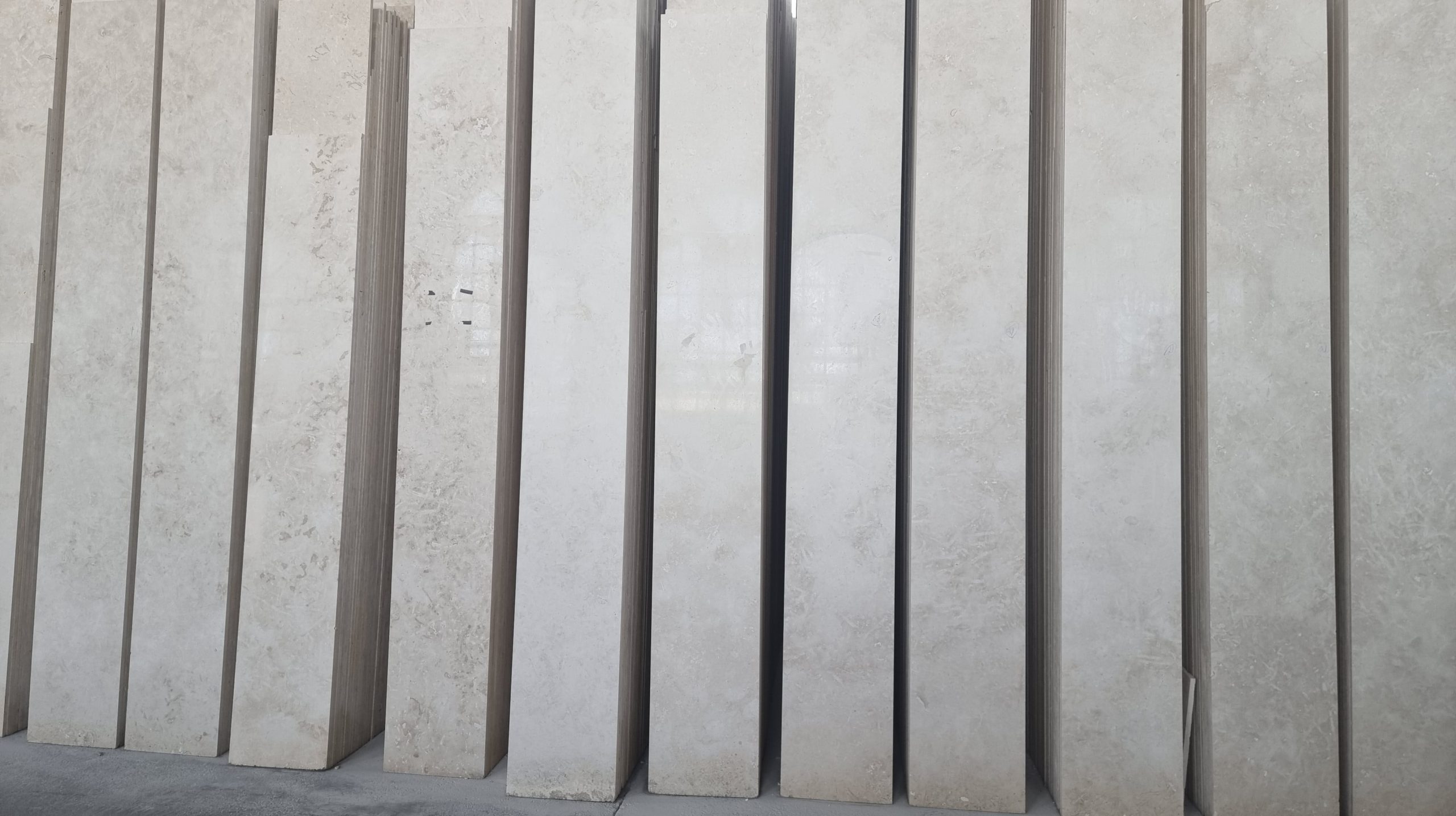
4-Travertine:
Travertine is a type of limestone formed by mineral deposits from hot springs. It is known for its distinctive pitted surface and earthy tones, ranging from ivory to beige. Travertine is commonly used for flooring, countertops, and outdoor paving, lending a timeless elegance to any space. Iranian travertine like Chocolate Travertine, Cream Beige Travertine, Silver Travertine, Titanium Travertine, White Travertine, Red Travertine, Yellow Travertine, and ….
5-Onyx:
Onyx is a unique natural stone prized for its striking appearance and clarity. It features parallel bands or layers of color ranging from translucent to opaque, with hues including white, beige, green, and black. Onyx is commonly used in decorative applications like countertops and accent walls, especially when backlit, due to its ability to transmit light. While softer and more porous than other natural stones, onyx adds a touch of elegance and luxury to interior spaces, making it a popular choice for creating luxurious designs. Iranian onyx like white, pink, green, honey, and ….
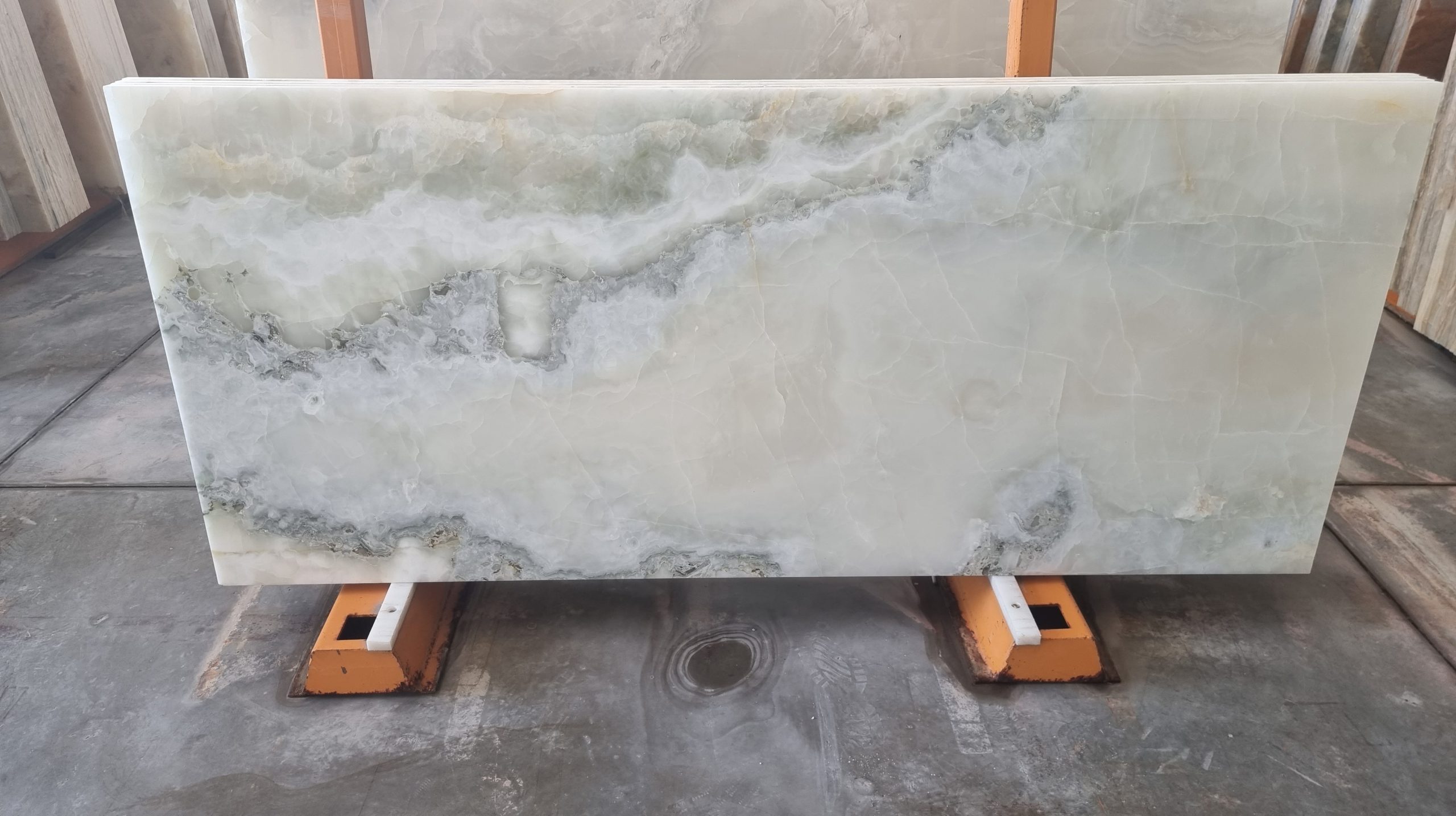
Factors to Consider When Choosing Natural Stones
When selecting natural stones for a building project, there are several factors to consider to ensure the desired outcome:
- Durability: Assess the hardness and resistance of the stone to determine its suitability for the intended application.
- Aesthetic Appeal: Consider the stone’s color, pattern, and texture to complement the overall design aesthetic.
- Maintenance Requirements: Assess the stone’s maintenance needs, encompassing cleaning, sealing, and repairs, to guarantee proper care and durability.
- Budget: Determine the cost of the stone, including installation and maintenance expenses, to stay within budget constraints. Please continue the above text so that you consider another point.
- Availability: Assess the availability of the stone in your region or from suppliers to ensure timely delivery and availability of sufficient quantities for your project. Consider transportation costs and lead times when selecting natural stones to avoid delays and ensure smooth project execution. Additionally, inquire about any potential supply chain disruptions or fluctuations in availability that may affect your project timeline. By considering the availability of natural stones, you can avoid logistical challenges and ensure a seamless building process from start to finish.
- Environmental Impact:
- Consider the environmental impact of the natural stone extraction and production process.
- Evaluate factors such as quarrying practices, energy consumption, and waste management to minimize the ecological footprint of your project.
- Choose suppliers that adhere to sustainable and environmentally responsible practices, such as recycling water, reducing emissions, and restoring quarried sites.
By prioritizing environmentally friendly options, you can contribute to conservation efforts and promote sustainable building practices while selecting natural stones for your project.
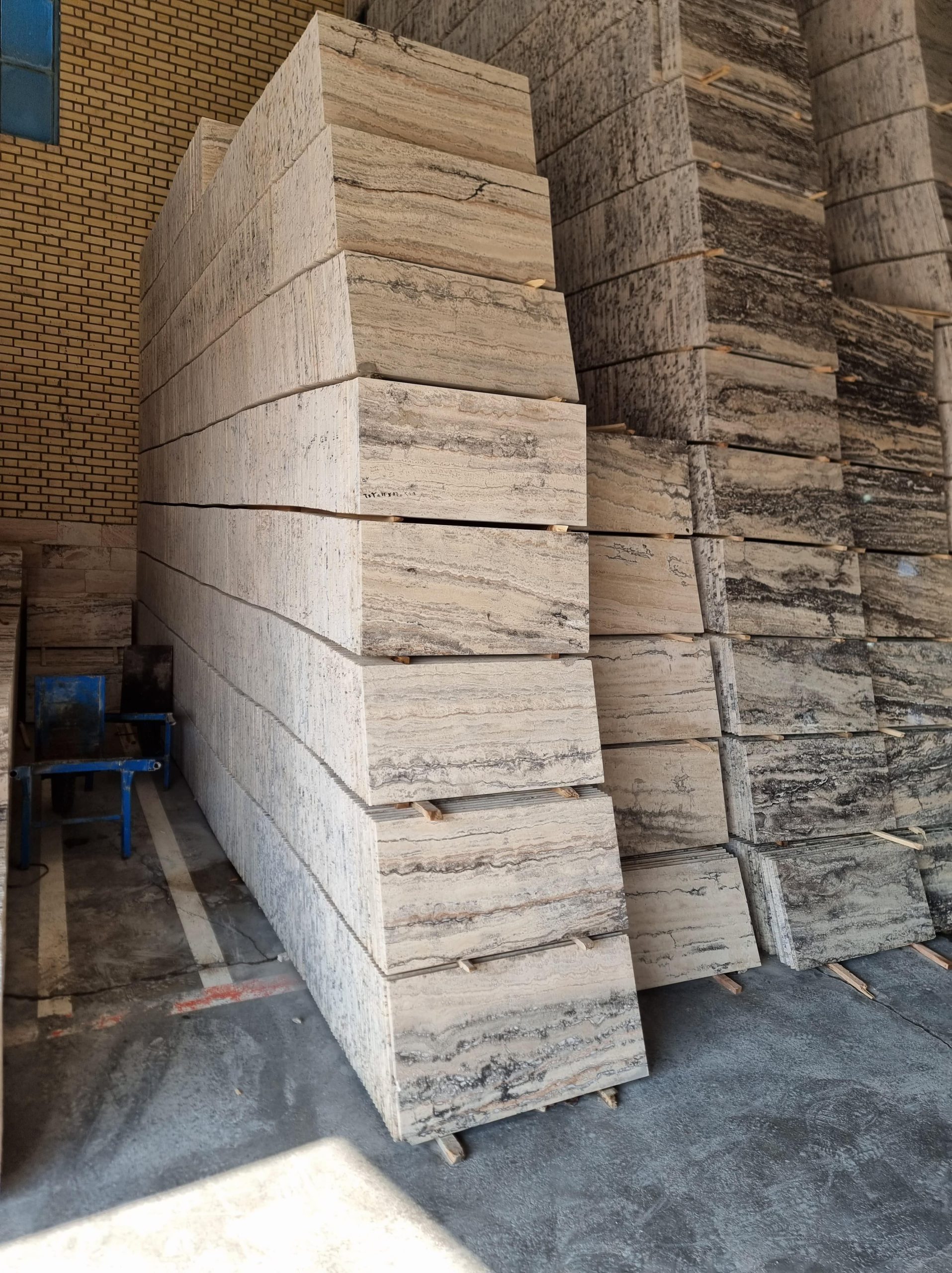
- Local Regulations:
- Become acquainted with local regulations and building codes regarding using natural stones in construction projects.
- Ensure compliance with zoning laws, environmental regulations, and permit requirements governing natural stone extraction, transportation, and installation.
- Consider factors such as height restrictions, setback requirements, and preservation of natural habitats when selecting and using natural stones in your building project.
By adhering to local regulations, you can avoid potential legal issues and ensure the smooth approval and execution of your project within the stipulated guidelines.
- Supplier Reputation: Before selecting, conduct thorough research and evaluation of the reputation of potential natural stone suppliers. Consider the supplier’s track record, reliability, and customer reviews to assess their credibility and trustworthiness. Choose suppliers with a proven history of delivering high-quality natural stones and providing excellent customer service. Additionally, inquire about the supplier’s adherence to ethical sourcing practices and commitment to fair labor standards to ensure responsible and ethical procurement of natural stones. By selecting reputable suppliers, you can mitigate the risk of quality issues and provide a positive experience throughout the procurement process.
- Color Variation: Consider the natural variation in color within the same type of stone and how it may affect the overall aesthetic of your project. Natural stones exhibit color variations due to mineral composition, geological processes, and quarrying techniques. Embrace the unique beauty of natural stone’s color variations, which can add depth, character, and visual interest to your project. Select stones with variations that complement your design vision and create a dynamic and visually appealing environment. Additionally, request samples or view more giant slabs to accurately assess the color variation and ensure it aligns with your desired aesthetic outcome. By embracing the natural color variations of stones, You can craft a unique and personalized space that highlights the innate beauty of natural materials.
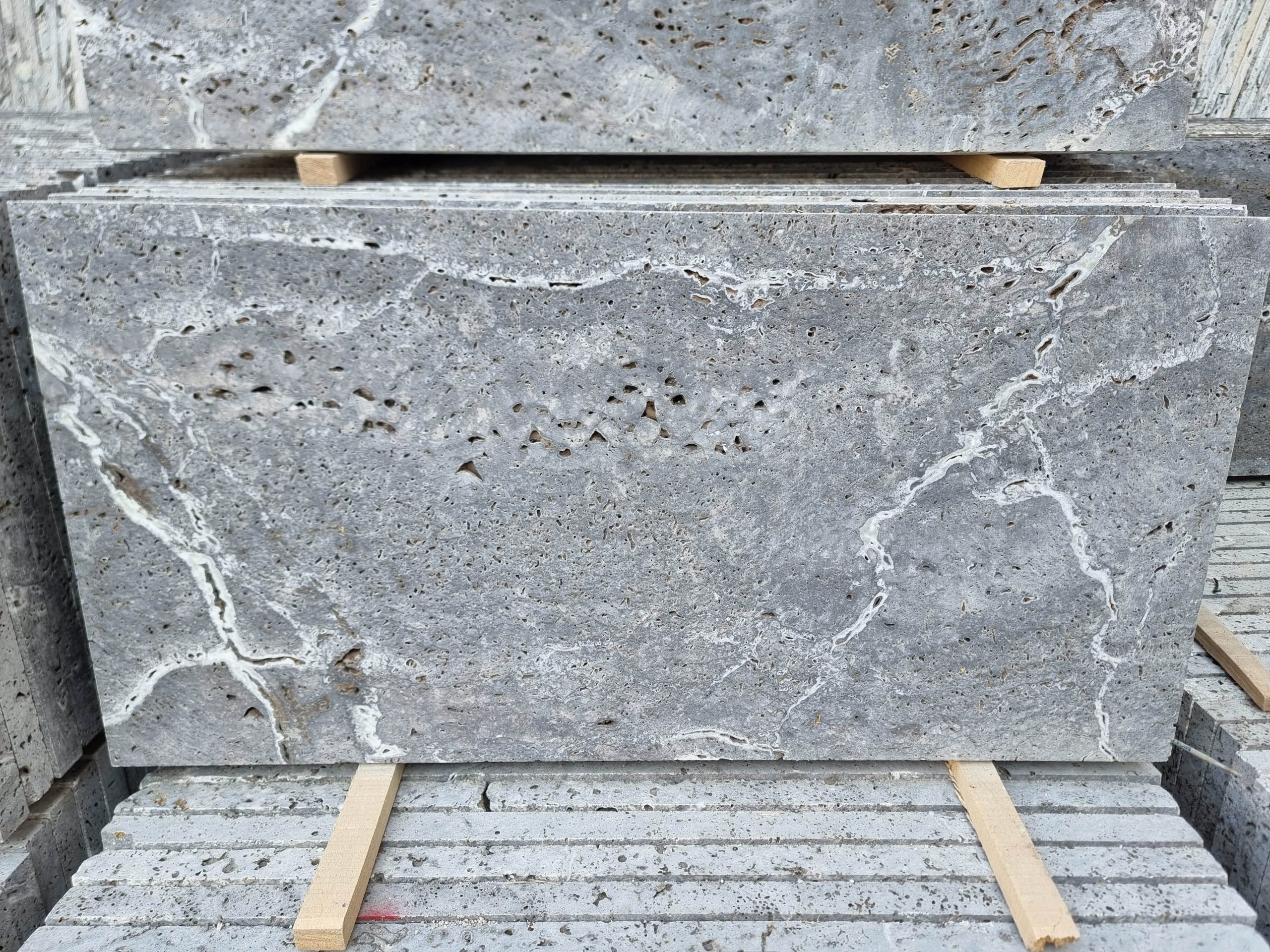
Selecting the Right Stone for Your Project
Once you have considered the abovementioned factors, it’s time to select the suitable natural stone for your building project. Consult with a reputable stone supplier or architect to explore your options and find the perfect stone that meets your durability, aesthetics, and budget requirements.
In addition, Upstone Trading company specializes in sourcing and exporting Iranian stone suppliers worldwide. We have established strong relationships with reputable suppliers and exporters of Iranian natural stones, ensuring we can provide our clients with a wide range of high-quality options. Whether you’re looking for exquisite marble, durable granite, or unique onyx, our extensive network allows us to fulfill your specific requirements and preferences. Rest assured that our team is dedicated to delivering exceptional service and assisting you in selecting the perfect natural stone for your project, no matter where you are located around the globe. With our expertise and commitment to quality, you can trust us to help you find the suitable stone that meets your needs in terms of durability, aesthetics, and budget. so contact us.
Care and Maintenance of Natural Stones
Proper care and maintenance are essential for preserving the beauty and longevity of natural stones used in buildings. Here are some tips for caring for and maintaining natural stones:
-
Cleaning Natural Stones
Regular cleaning is crucial for removing dirt, dust, and debris from the surface of natural stones. Use a mild detergent and warm water to clean the stone, avoiding harsh chemicals or abrasive cleaners that can damage the surface.
-
Sealing Natural Stones
Sealing natural stones helps protect them from stains, moisture, and scratches. Apply a high-quality stone sealer periodically to maintain the stone’s integrity and prolong its lifespan.
-
Repairing Damaged Stones
In case of cracks, chips, or scratches, consult a professional stone restoration expert to assess the damage and recommend appropriate repair methods.
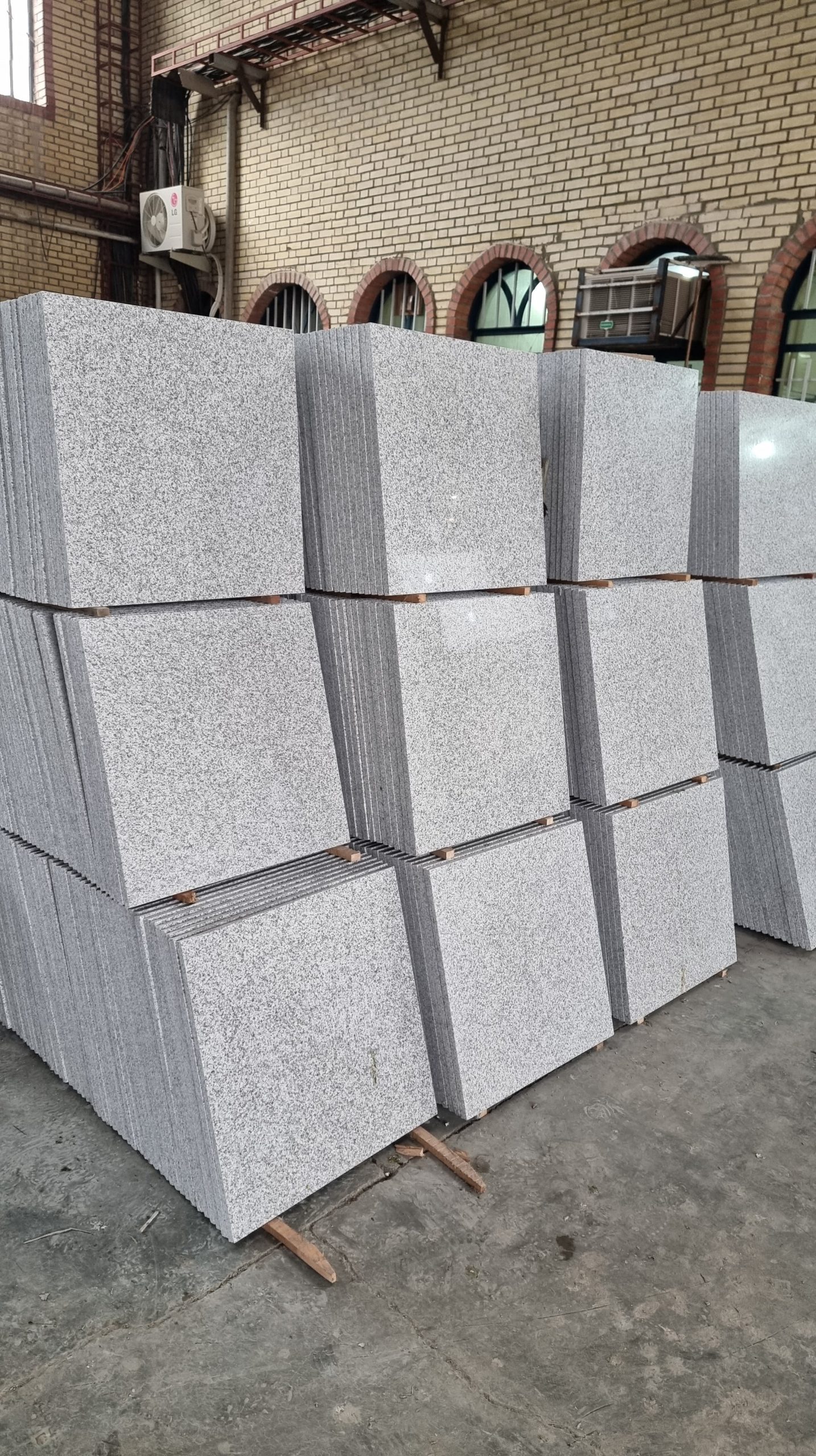
Enhancing the Beauty of Natural Stones
Natural stones can be enhanced and beautified through various techniques such as polishing, honing, and etching. Consult with a stone restoration specialist to explore your options and improve the beauty of your natural stone surfaces.
Conclusion
Choosing and caring for natural stones in a building requires careful consideration and attention to detail. By understanding the characteristics of different types of natural stones and following proper care and maintenance practices, you can ensure that your natural stone surfaces remain beautiful and durable for years.

 Marble
Marble